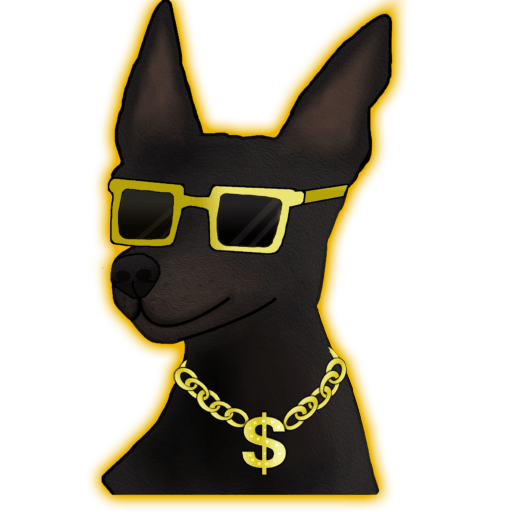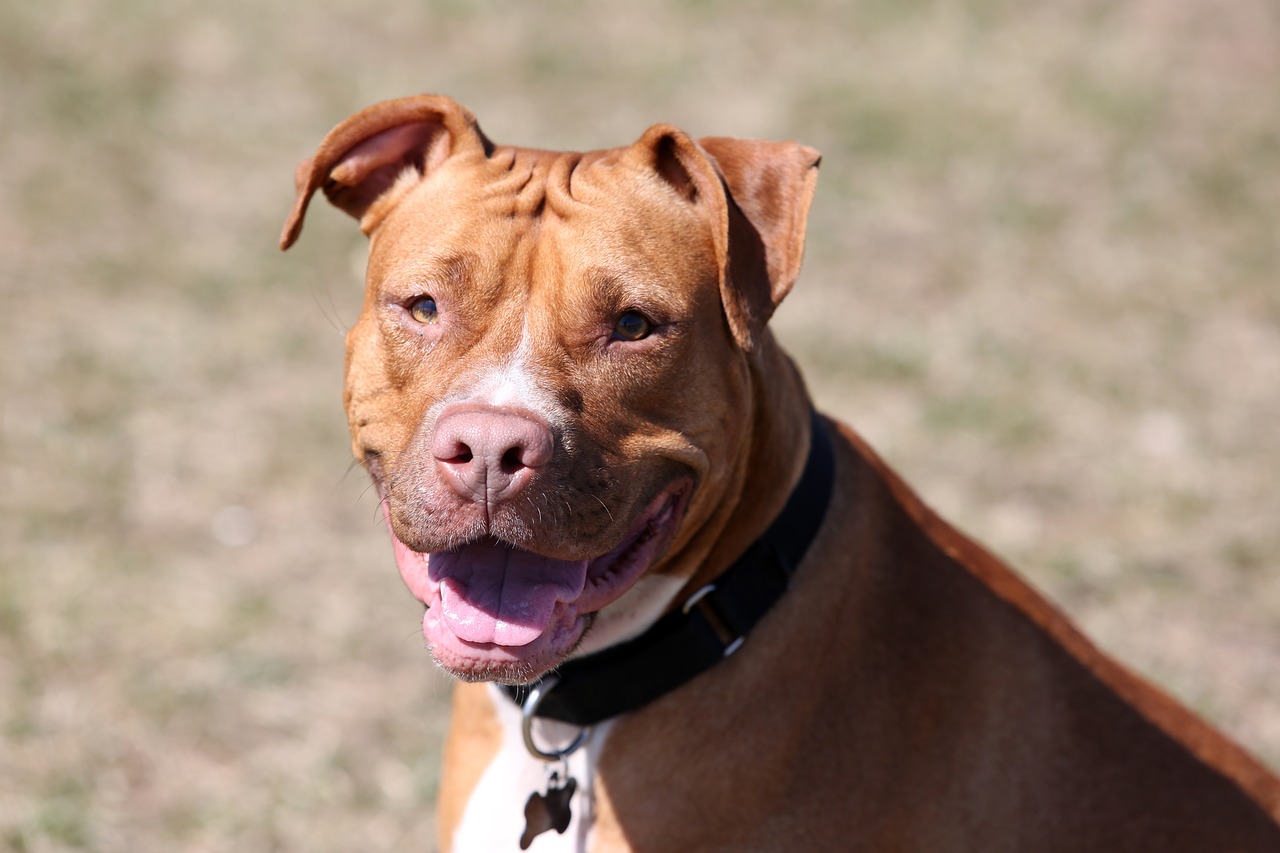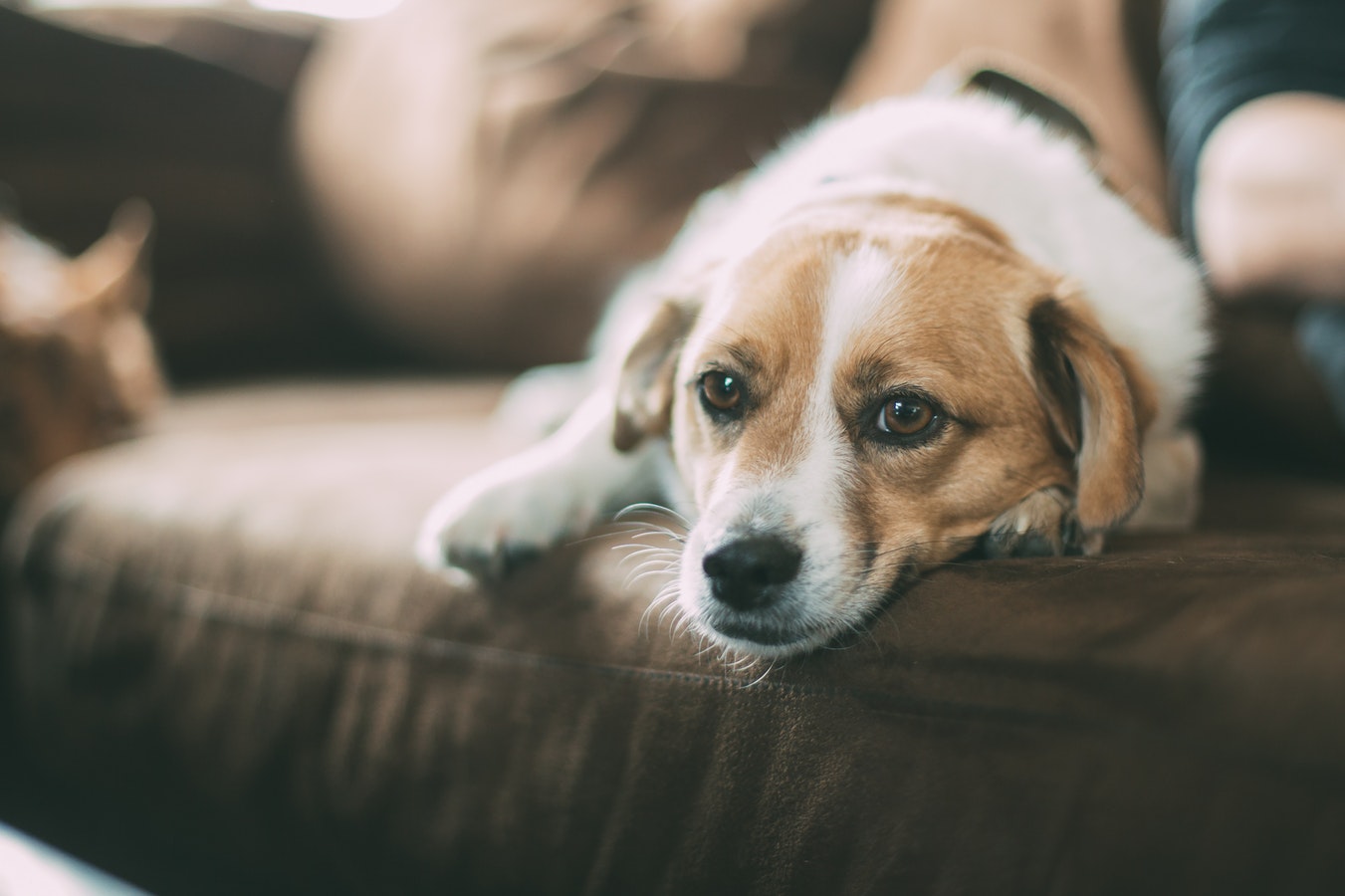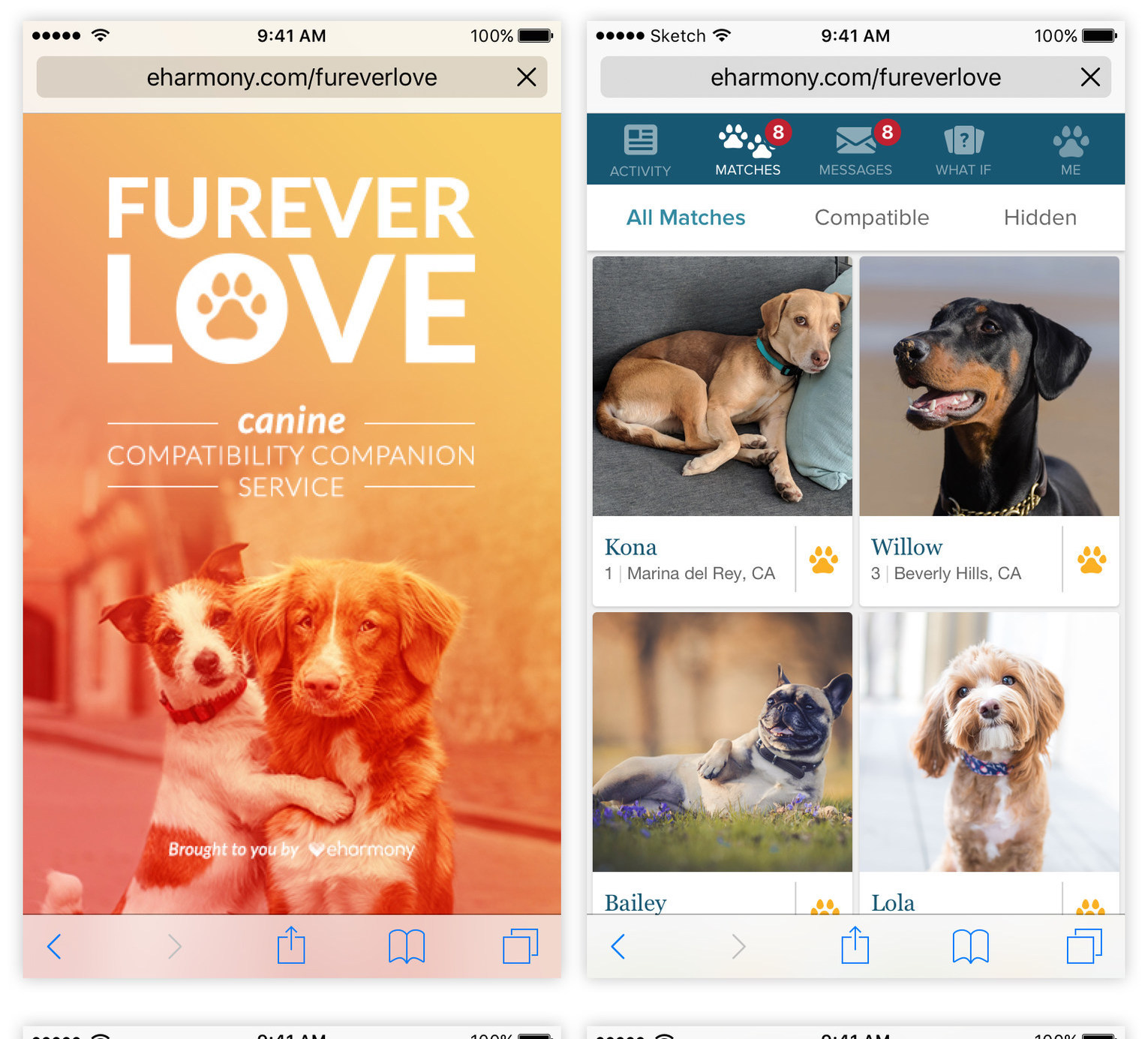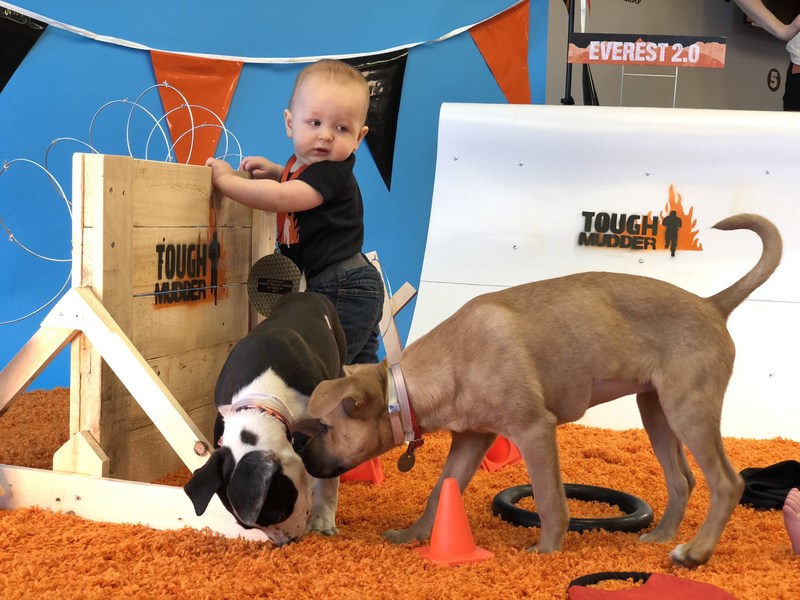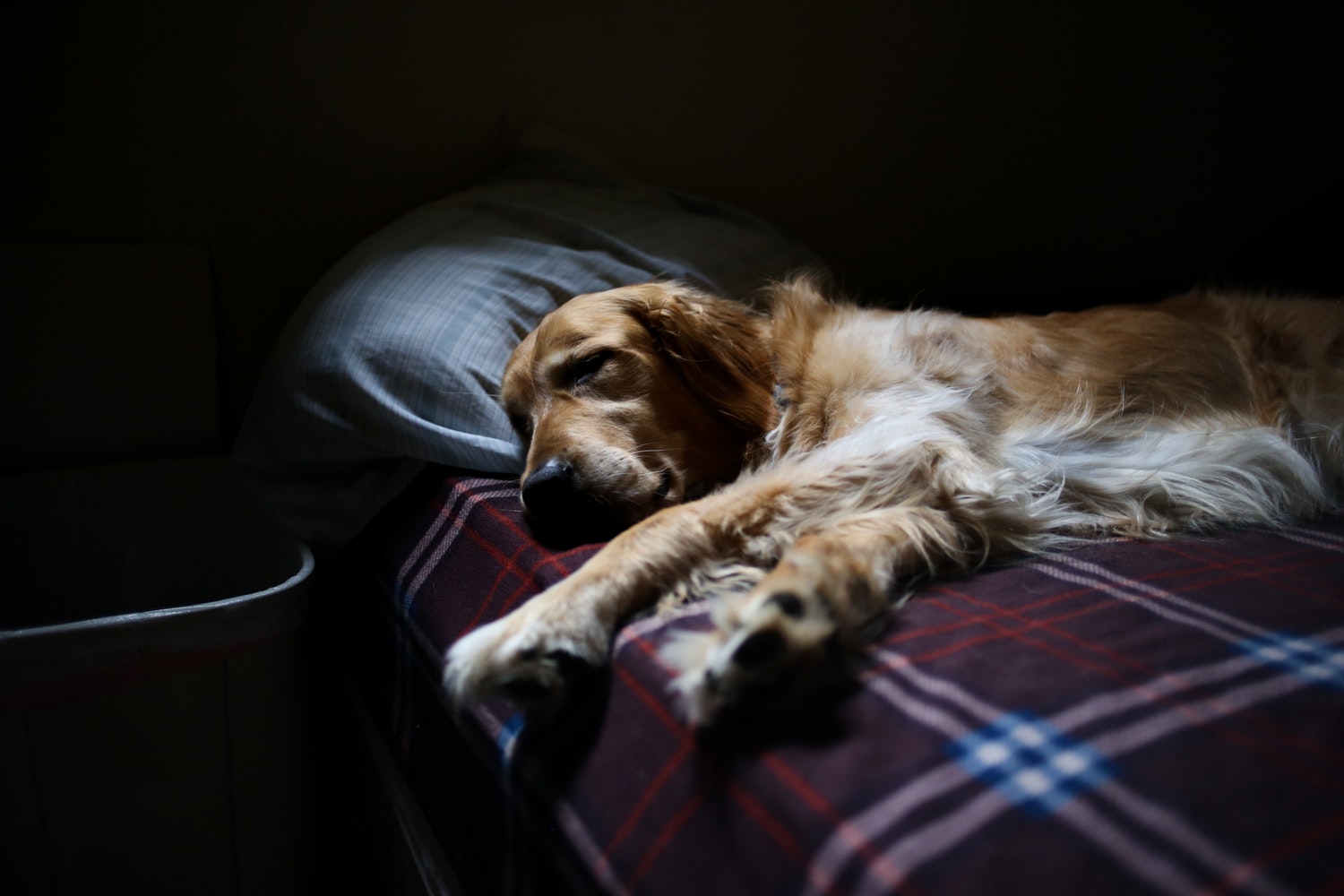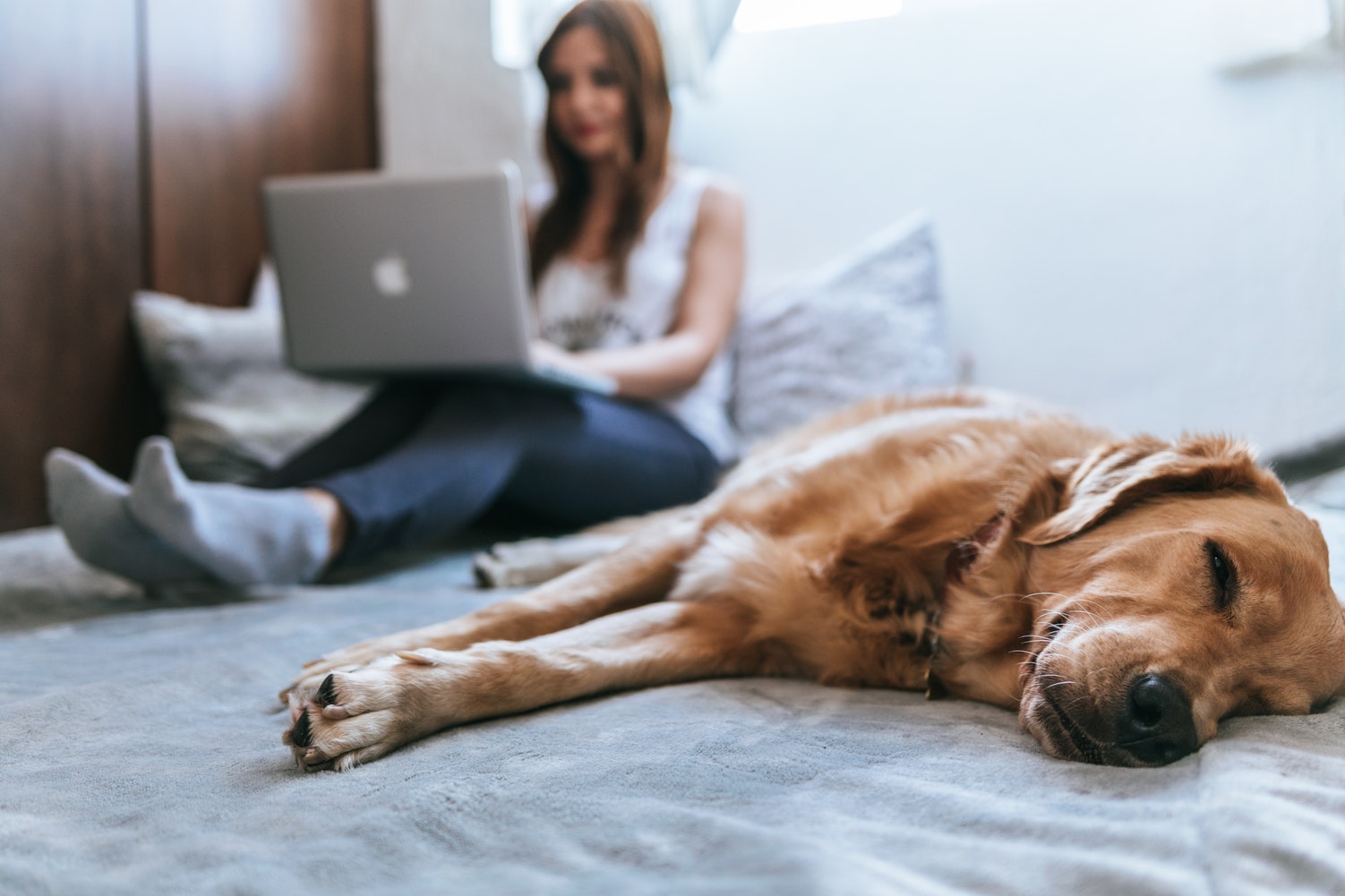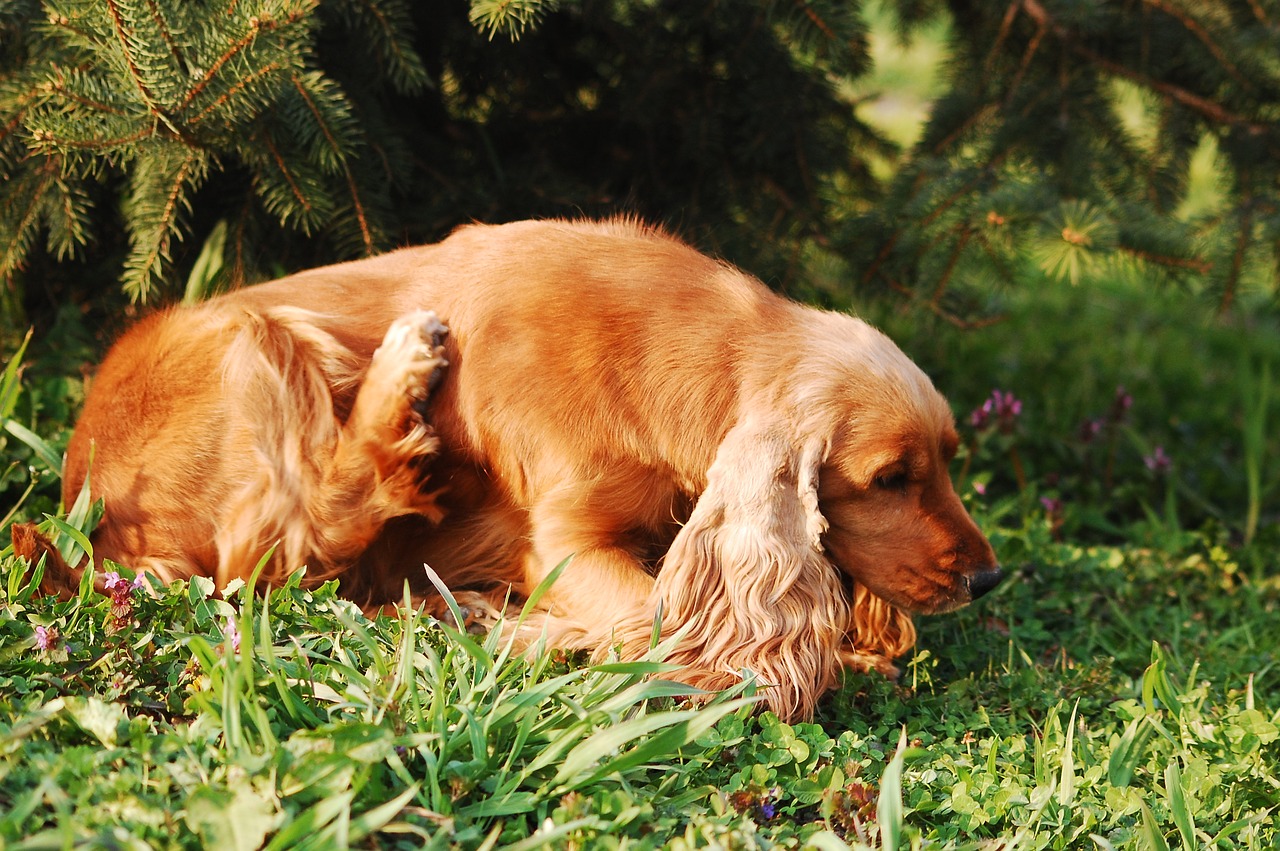Most ‘Pit Bulls’ of today aren’t actually Pitt Bulls at all, but a mixture of several breeds. The term ‘Pit Bull’ has sort of become a label to describe nearly any dog that looks a certain way. That being said, recognized breeds include the AKC’s American Staffordshire Terriers, Staffordshire Bull Terriers, UKC’s American Bullies, or American Pit Bull Terriers.
Before Reading Further
Regardless which breed you may actually be looking at, the dog in question is very much a product of its’ environment. Dogs act as nature intended them to; no dog is inherently cruel, vicious or ‘mean’. These are human terms describing human personality traits dogs are not capable of.
The Importance of Socialization
If a dog encounters another animal it has seldom to never encountered before (otherwise- not socialized), it will react with caution. If a dog is beaten or otherwise harmed, it will learn to react with caution or anxiety, even fear toward that tormentor. If a dog is beaten enough, it may even lash out in violent defense.
On the flip side, if a dog is raised from puppyhood to play around other dogs and animals or children, shown that they mean only good things (rather than threats to be avoided), it will react with welcoming pleasure.
Unfortunately, dogs that attack humans out of natural fear or misunderstanding are all too often labeled ‘damaged animals’ and destroyed. Of course, the true fault lies in the human handler 99% of the time for failing to understand the fact stated above, or simply not caring. Whereas the animal may be put to death, the handler is rarely punished.
Bait Dogs
‘Bait Dogs’ is a term for those unfortunate animals dog fighters use in training, chaining to posts or tieing up with no avenue for escape while other animals are encouraged to tear at them, often resulting in mutilation and death.
Dog Baiting
‘Dog Baiting’ encompases the setting of game dogs against a chained or otherwise confined animal as a bloodsport.
Both the above are illegal in most countries of the world.
The Legend of the Bulldog: History & Backstory
It was a sad day for entrepreneurs of violence when the English spectator sport of ‘Bull-Baiting’ was finally deemed cruel and outlawed, although the the reprieve didn’t last for long.
Originally bred to assist with cattle, English Bulldogs were encouraged to ‘bait’ angry bulls, often literally clinging to the animal’s faces as they trashed about before inevitably succumbing to blood loss. Violence was believed to enhance the taste of the meat and the act was extremely commonplace.
The English Bulldog of the day was bred perfectly for the task, almost ‘built’ you might say. A specially designed jaw structure helped the dogs latch onto their opponent’s flesh while both facial wrinkles provided for channels for blood to flow away from the eyes while a short nose made breathing easier. A stout body with loose skin even made it possible for the dogs to shrug off glancing blows that would fall much larger animals.
Like so many others that has lost their usefulness, the English Bulldog breed nearly went extinct at that point. If it wasn’t for a few devoted enthusiasts of the day, Bulldogs would not exist now.
A Look Backward
By the 1700’s, two primary bull baiting breeds emerged: the Blue Poll from Scotland and the Alunt from Ireland, bot referred to as Bulldogs. As such sporting events rose in popularity, selective breeding interest grew as handlers sought to achieve perfection in desirable traits.
Yet it wasn’t until 1835 when the sport was finally, officially banned, forcing those of lower economic status to seek new work for their dogs.
Bear in mind- European dog owners in the early 1800’s resembled very little to the domesticated ‘family pet’ situation of today; dogs were valued for their working contributions, not so much cherished as pets. People owned dogs as a means to earn an income. That being said, this sudden ban was quite devastating to many.
Rise of the Pit Bull: A Gladiator’s Story
No sooner had ‘Bull Baiting’ been made illegal were sporting enthusiasts of the day looking for alternative means of entertainment. A loophole was soon found: Ratting.
What better progenitor to rise to the current challenge than the already well known and highly popular Bulldog? Though Bulldogs were the first choice, they were simply too slow now that the opponents were no longer 25 times their size. Breeders looked to couple current English Bulldogs with leaner, more agile terriers of the day, already well known for their hunting abilities.
A new kind of gladiator was born: the Pitt Bull.
Pit Bull and the Ring
The Sport of Ratting
Contrary to what many believe, it wasn’t the sport of dog fighting that followed bull baiting, but that of ‘ratting’. Just like it sounds, a specific number of rats were placed in a pen with the dogs for a certain amount of time. Bets were placed, a new source of revenue arose, and ‘ratting’ soon grew in enormous popularity.
Though the initial Bubonic Plague (Black Death) outbreak occurred during the 14th century, one of the deadliest pandemics in human history, rats were still widely feared and disliked for the huge role they had to play with the spread of the disease. There was huge value placed on ratting dogs!
Dog Fighting
Though still shrouded in controversy, many historians believe the first purpose of the Pit Bull was ratting, as opposed to dog fighting. However, few can argue the role dogfighting had to play early in the breed’s history.
Bear in mind- no dog actually wanted to fight to the death; not one began the day seeking violence. It is a sad, unfortunate misconception many Americans still believe in today; Pit Bulls are not violence seeking beasts.
Quite the contrary; these animals were forced into an enclosure for which there was no escape; their ‘flight’ option was completely removed. Encouraged around violence entire lives, they only knew violence and had no reason to expect anything else from the opponent now facing them. So they fought, all but ignoring completely pain and injury until they no longer could, such was their breeding.
Human handlers giving them no other option, they would, quite literally, fight to the death.
The most reliable history on the beginning development of the Pit Bull, goes back to the time of the Romans. During the time of Minos in Crete the sport of bull baiting was quite a popular form of pagan worship and entertainment. This sport was developed as a part of the worship practice in honor of the warrior god “Mithras”.
– American Pit Bull Registry
Bite Inhibition & Handler Loyalty
These first Pit Bulls were specifically and selectively bred for another reason: bite inhibition and loyalty toward human handlers. So violent were these ‘sports’, fighting enthusiasts needed to be able to enter a ring and treat their animals without fear of reprisal or injury themselves. This was a heavily sought after trait for which great focus and care was placed upon.
Here is where the great and unfortunate irony toward the breed stems from! So many people think Pit Bulls are vicious killers to be avoided at all costs, especially around children, but the complete opposite is true in reality.
Bite Inhibition: Your dog’s ability to control the pressure of his bite
Immigration Comes to America
Immigrants crossed the seas to America around 1900, of course bringing their cherished dogs with them. In early America, such dogs as the Pit Bull, and those similar, were cherished for far more than simple fighting skills. The protection they provided from predators was integral to haomesteaders, and the assistance they provided to farmers was highly valued.
Nanny Dogs
Perhaps above all, there was no equal found in the reliable companionship and protection they offered young children; Pit Bulls both more than earned their place in this young and developing America, as well as the popular nickname ‘Nanny Dogs’.
Pit Bulls were extremely popular and loved by many Americans during the first half of that century.
The pit bull was also a favorite dog among politicians, scholars, and celebrities. Helen Keller, Theodore Roosevelt, and the “Our Gang” Little Rascals all had pit bulls (BADRAP, 2015).
Note: If you bother to ask a member of the older generation that grew up during early America, perhaps a grandparent, you might learn of the drastic differences we handled dogs between now and 80-90 years ago (BadRap.org)
Times Change for the Pit Bull
Despite their invaluable assistance to not only the WWI effort, but American history in general, opinions soon drastically shifted regarding the breed. Illegal dog fighting rose in popularity among Americans, giving this once loved companion a sour and misguided reputation as a fearsome, vicious animal. People saw and heard frightening images of terrible violence, of course assuming this is the norm.
Perhaps playing the largest role to the Pit’s downfall, there was the constant media coverage. Ironically since recanted, though the magazine publishing a complete 360 promoting the breed after the popular NFL star Michael Vick was arrested for his interstate dogfighting operation ‘Bad Newz Kennels’, Sports Illustrated published a cover article portraying Pit Bulls as vicious beasts to fear. Even the cover photo for that illustration displayed a fearsome looking animal with frightening teeth bared, such biased images speaking of marketing ployes.
American Staffordshire Terrier
The American Kennel Club, one of the most reputable dog organizations on earth composed of countless highly educated animal enthusiasts, many devoting their lives toward the point, rank their American Staffordshire Terrier in the high 90% with families and children. In fact, there are few breeds better recommended around kids.
American Bully
Recognized more recently by another enormous and equally reputable organization, the United Kennel Club, the American Bully is not a ‘bully’ at all, but rather bred to be the ‘Ideal Family Companion’.
Summary
After all is said and done, the truth is plain: ‘Pit Bulls’ are fantastic family companions, one of the absolute best breeds to raise around young children! Not only are they genetically predisposed to thrive around humans, purposefully and selectively bred for human loyalty, their near unmatchable pain tolerance allows them to happily endure the many pokings and proddings children offer, glad for the attention.
- Many small or toy breeds are often most discouraged to raise around young children for both their delicate structures and tendency to react defensively if injured.
Check out the most unique t-shirt, tank top and hoodies designs for pit bull lovers.
Sources Cited
BadRap. (2015). Reflecting on Pit Bulls – Whatever they are! BadRap.org. Retrieved From
http://www.badrap.org/breed-history
Brae, Bonnie. (2015). Dog Fighting Alive And Well In America: Puppy Used As Bait Miraculously Survives. Dogtime.com. Retrieved from
http://dogtime.com/reference/dog-laws/26903-dog-fighting-alife-and-well-in-america-puppy-used-as-bait-miraculously-survives
Miller, Pat. (June 2010). Reinforce Your Dog’s Bite Inhibition. Whole Dog Journal. Retrieved from
https://www.whole-dog-journal.com/issues/13_6/features/Bite-Inhibition_16232-1.html
AKC. (2017). AMERICAN STAFFORDSHIRE TERRIER. American Kennel Club. Retrieved from
http://www.akc.org/dog-breeds/american-staffordshire-terrier/detail/
UKC. (2017). American Bully. United Kennel Club. Retrieved from https://www.ukcdogs.com/american-bully
American Pit Bull Terrier ( APBT ) breed History. American Pit Bull Registry. Retrieved from http://pitbullregistry.com/PitBull%20History.htm

